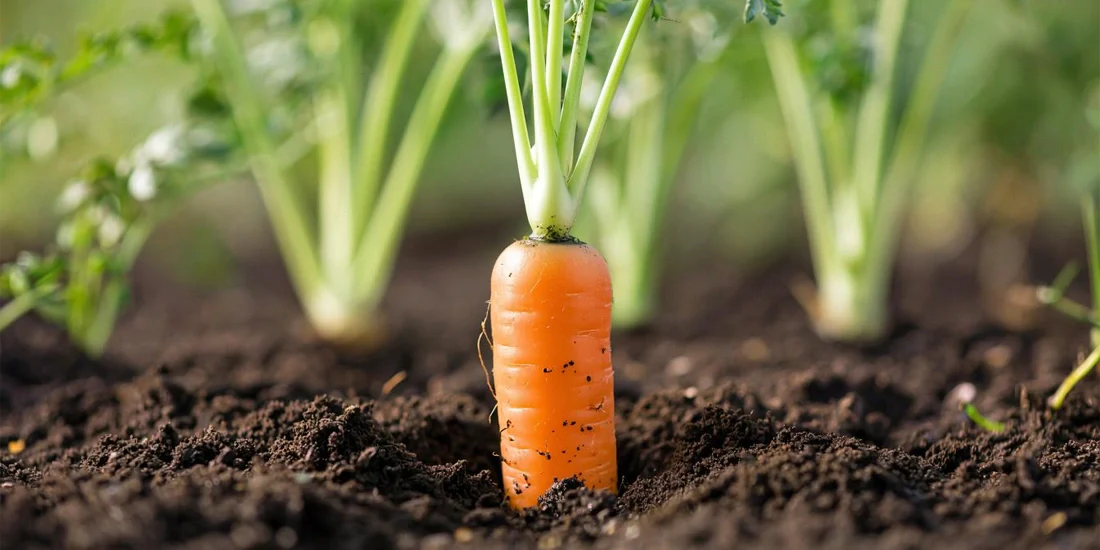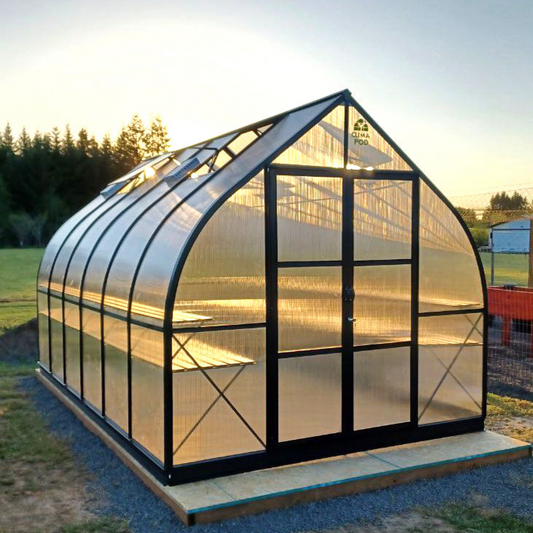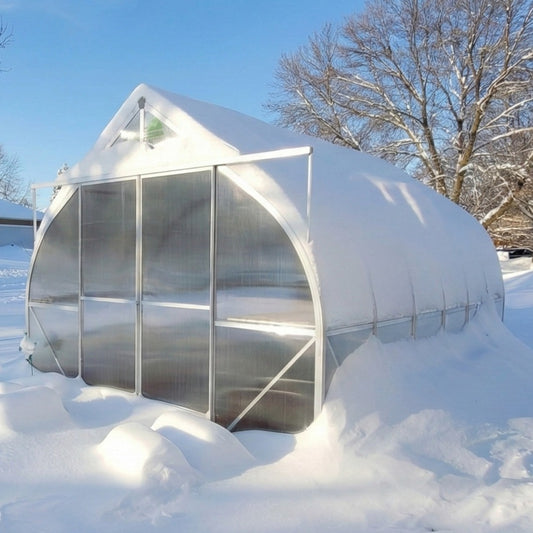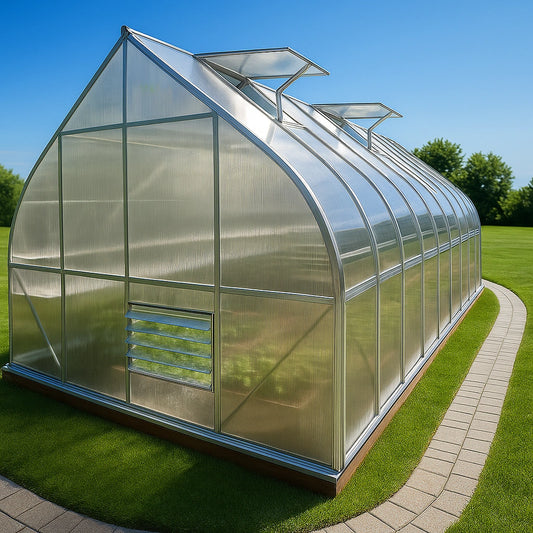
Growing Carrots: How to Avoid Forked and Deformed Roots in Your Garden
Harvesting carrots is one of the joys of gardening until you find oddly shaped, forked roots. Let’s uncover what causes carrots to grow “horned” and how to grow straight, market-worthy roots in North American gardens.
Common Carrot Growing Issues

Carrots are relatively low-maintenance, but several common errors can lead to poor yield and deformities:
- Poor seed germination: Old or improperly stored seeds, or irregular moisture, lead to sparse, uneven seedlings.
- Root rot: Overwatering and compacted soil restrict oxygen and cause carrots to rot.
- Pests: Carrot rust fly larvae and aphids attack roots and foliage: rotate crops and use row covers.
- Greening: Sun exposure on roots causes solanine buildup: hill soil over roots to block light.
- Splitting: Quick rehydration after drought or excess nitrogen causes cracking and “multi-fingered” carrots.
Why Carrots Become Forked

Forked carrots (with multiple root tips) result from:
- Low-quality seeds: Home-saved or uncertified hybrid seeds may produce odd roots.
- Cold planting: Planting too early in cool soil stunts growth and causes branching.
- Heavy soil: Compacted or clay soils force roots to split around obstacles.
- Inconsistent watering: Drought causes root tips to die, prompting side growth.
- Excess nitrogen: Encourages side roots, nitrogen should be reduced when roots begin forming.
- Root damage: Rough cultivation or close spacing can nick main roots, causing them to fork.
Tips for Growing Straight Carrots

By following proper technique, you can grow smooth, straight carrots perfect for storage and presentation:
- Rotate crops annually: Avoid carrot-on-carrot planting, wait 5 years before reusing the same bed.
- Choose light, friable soil: Amend heavy clay with sandy loam or raised beds with equal mix of compost, sand, and peat.
- Be gentle when working the bed: Weed and cultivate with care to avoid root damage.
- Thin seedlings early: Water first, then thin to 1" spacing at 2-leaf stage; thin again to 2–3" apart to prevent crowding.
- Water consistently: Keep soil evenly moist during germination and root growth; reduce watering before harvest to prevent cracking.
- Use the right fertilizer: Apply nitrogen early in the season; switch to a balanced potassium-phosphorus feed as roots develop.
Deformed carrots are a sign of cultural missteps. Follow these straightforward guidelines to grow straight, flavorful carrots that store well and look great.











